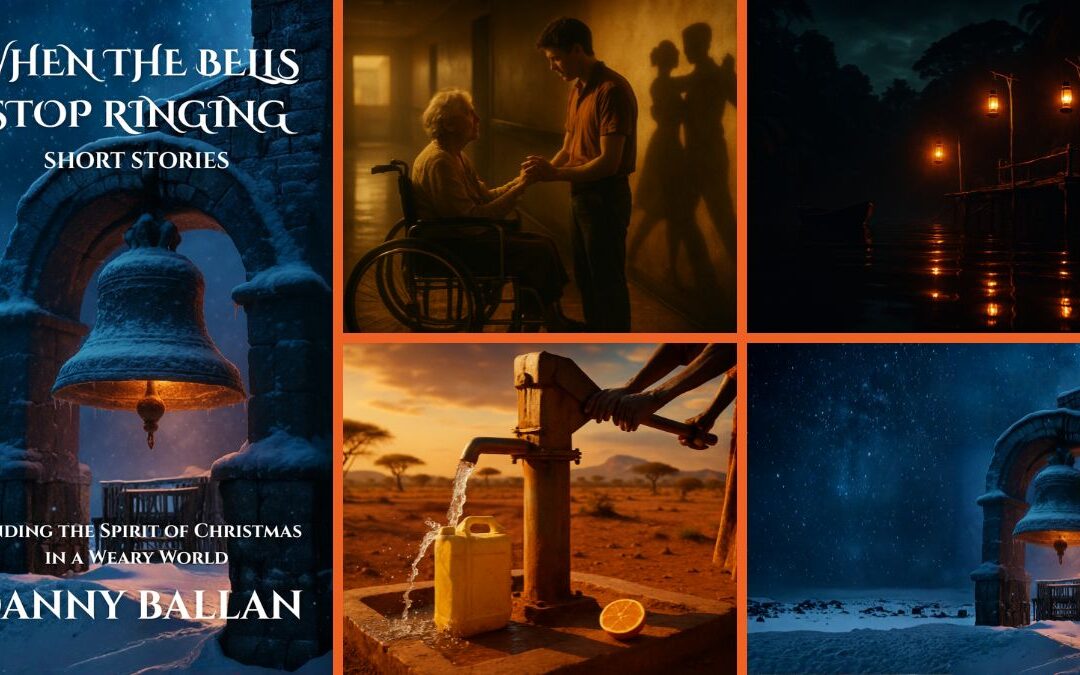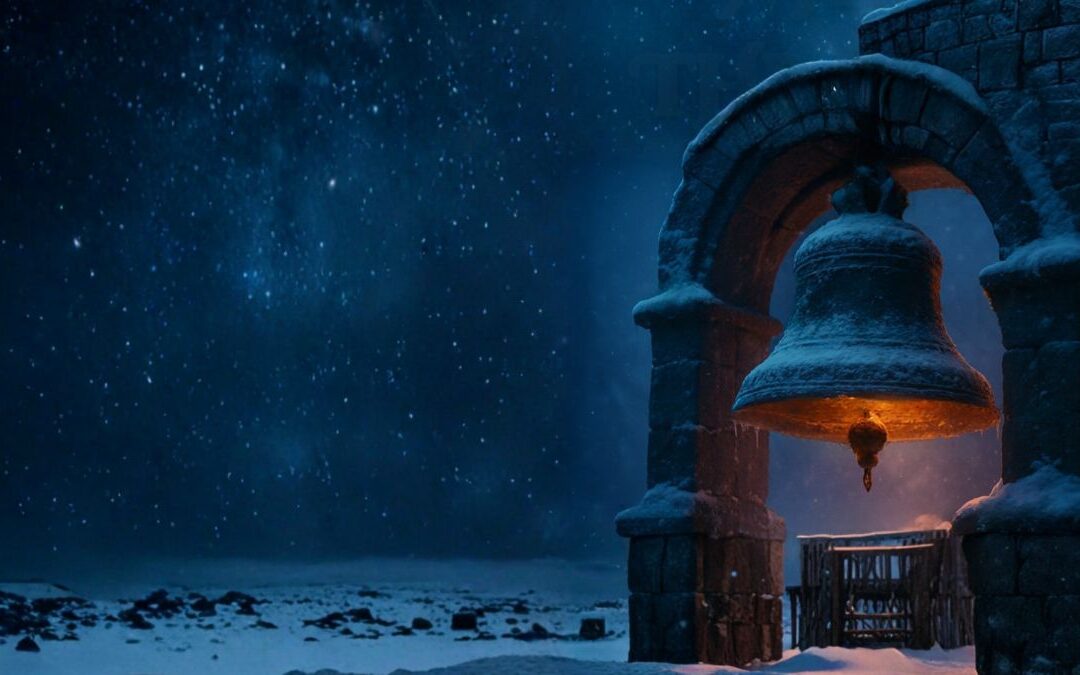Gather round, sky gazers and nighttime romantics. I bet there have been nights when you’ve looked up, seen that silvery crescent in the sky and thought, “Ah, Earth’s shadow at play again!” Well, hang onto your telescopes, because there’s a bit more to this lunar tale than meets the eye.
The moon – Earth’s very own celestial partner – has been the muse for countless poets, lovers, and even werewolf tales (hey, no judgment if you’ve howled a time or two). The way it waxed and waned felt almost magical. And for the longest time, a popular notion was that as the Moon goes through its phases, it’s Earth’s shadow creating those varying shapes. A delightful thought, right? But, much like believing chocolate is a weight loss food (oh, if only), this notion is more fiction than fact.
Let’s tackle this misconception head-on, shall we? First off, if it were Earth’s shadow causing the lunar phases, we’d be having lunar eclipses every single night. And while that sounds like a celestial blockbuster, it’s not the case. Lunar eclipses – those events when Earth’s shadow does fall on the Moon – are relatively rare and not monthly occurrences.
So, what’s truly behind the Moon’s many faces? Let’s start with a bit of a relationship status update: the Moon and Earth are in what we’d call a synchronous rotation. This means the Moon takes the same amount of time to rotate on its axis as it does to orbit the Earth. As a result, we always see the same side of the Moon (lovingly termed the near side), while the far side remains hidden from view – the mysterious “dark side” if you will (though, spoiler alert, it’s not always dark).
As the Moon orbits our planet, different portions of it are illuminated by the sun. The phases we see – new moon, crescent, first quarter, gibbous, and full moon – are simply a result of our perspective from Earth and the angle of sunlight hitting the Moon. Picture a cosmic dance of sunlight, Earth, and Moon, choreographed to the tune of gravity. No shadow-play involved.
Imagine holding a ball up and shining a flashlight on it. As you move the flashlight around, only parts of the ball are illuminated. It’s the same concept with the Moon, just on a grander, more celestial scale.
Now, let’s sprinkle in some humor. If Earth’s shadow were the cause of the Moon’s phases, our planet would have to be doing some serious acrobatics in space! Picture Earth zipping around like an over-caffeinated squirrel, casting shadows left, right, and center. Not quite the graceful image of our serene blue planet, eh?
So, there you have it! The ever-changing phases of the Moon aren’t the result of Earth’s shadowy interference but a cosmic interplay of sunlight and perspective. It’s a celestial ballet that has been performed for billions of years, and every night, we get front-row seats.
Next time you find yourself under the night sky, whether you’re sharing secrets, stealing kisses, or simply sipping on a cup of tea, remember the real story of our Moon. It’s not a tale of shadows, but one of light, angles, and the timeless dance of the cosmos. And hey, while we’re debunking myths, remember – don’t blame the full moon for any bizarre behavior. That’s all on you! 😉🌕










0 Comments